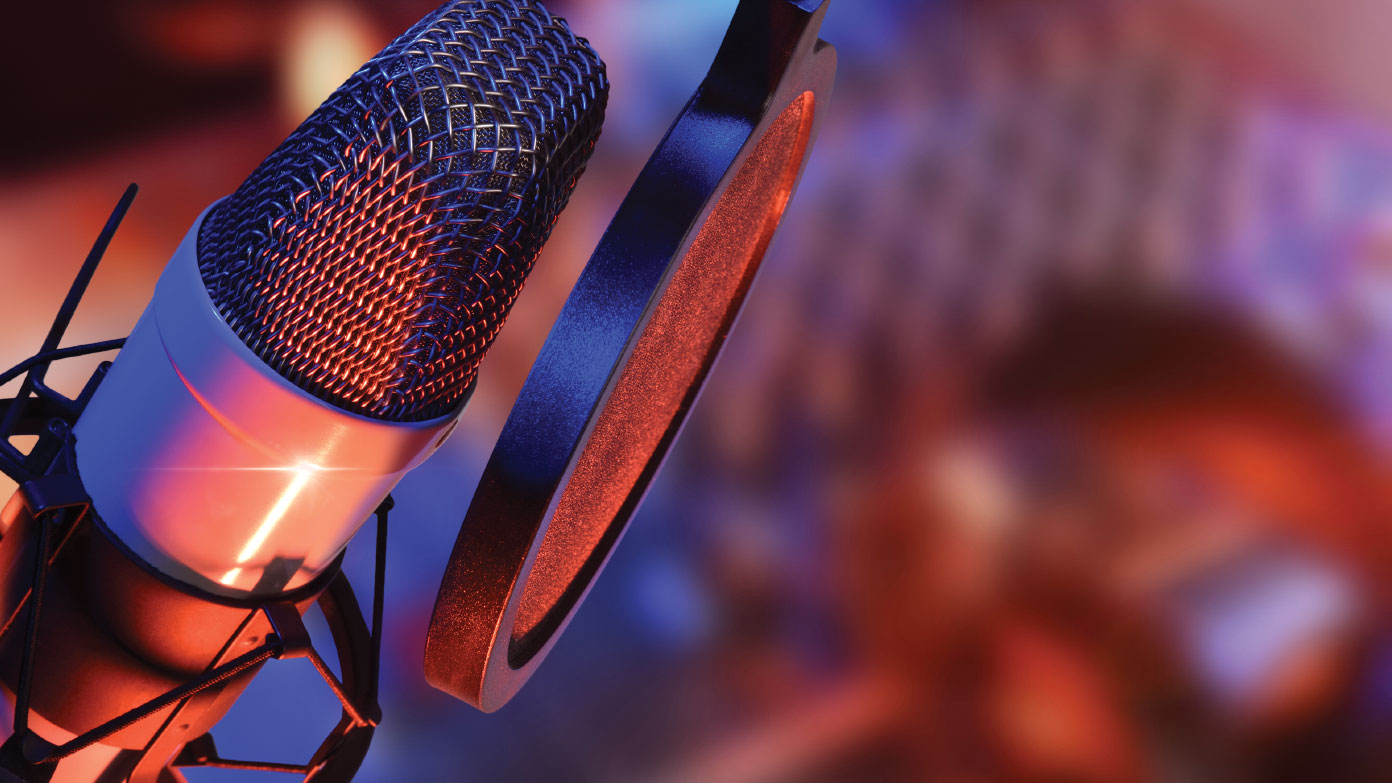Selecting the right recording microphone can significantly impact the quality of your audio projects. Whether you’re a musician aiming to capture studio-quality sound, a podcaster looking for clarity, or a streamer needing reliability, the microphone market has a variety of options to meet your needs. This article highlights the top recording microphones of the year, helping you find your perfect match based on performance, versatility, and budget.
Consider Your Recording Environment
Studio vs. Home Recording
Your recording location influences the type of microphone you choose. Studio environments typically favor large diaphragm condenser microphones, which offer sensitivity and a wide frequency response for capturing every nuance in music or voice. At home, you might need a dynamic microphone or a condenser mic with a cardioid pattern to reject background noise.
Acoustic Treatment and Microphone Placement
Well-treated acoustic spaces allow for higher recording quality, so consider this when choosing a microphone. However, if your recording space isn’t acoustically optimized, look for mics with tight polar patterns to focus on the sound in front of the mic and reject off-axis noise. Remember to also think about how you’ll position the mic; some include stands or are compatible with various mounting options.
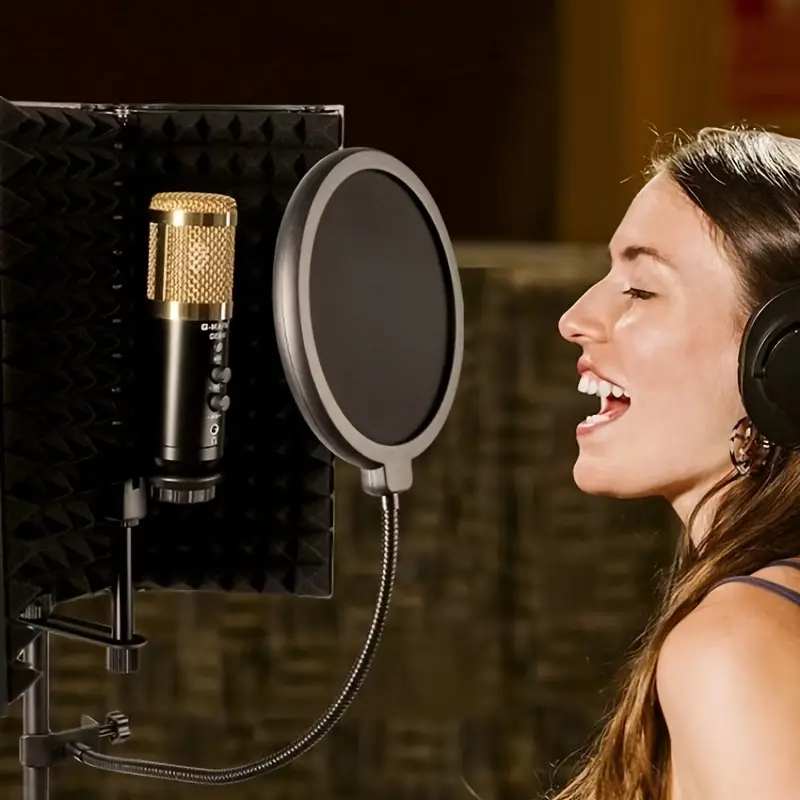
Identifying the Right Type of Microphone
Condenser Microphones for Sensitivity and Fidelity
Condenser microphones are known for their sensitivity and high-fidelity sound, making them the top choice for vocals and acoustic instruments in controlled environments. They require phantom power but reward you with clear, detailed recordings. Models like the Audio-Technica AT2020 offer high performance at an affordable price, making them favorites among home studio enthusiasts.
Dynamic Microphones for Durability and Versatility
Dynamic microphones are the workhorses of the recording world, known for their durability and ability to handle high sound pressure levels. If you’re recording loud sources like drums or guitar amps, or need a reliable mic for stage use, a dynamic microphone is the way to go. The Shure SM7B stands out for its robust design and ability to capture smooth vocals, making it a well-regarded choice for podcasters and musicians alike.
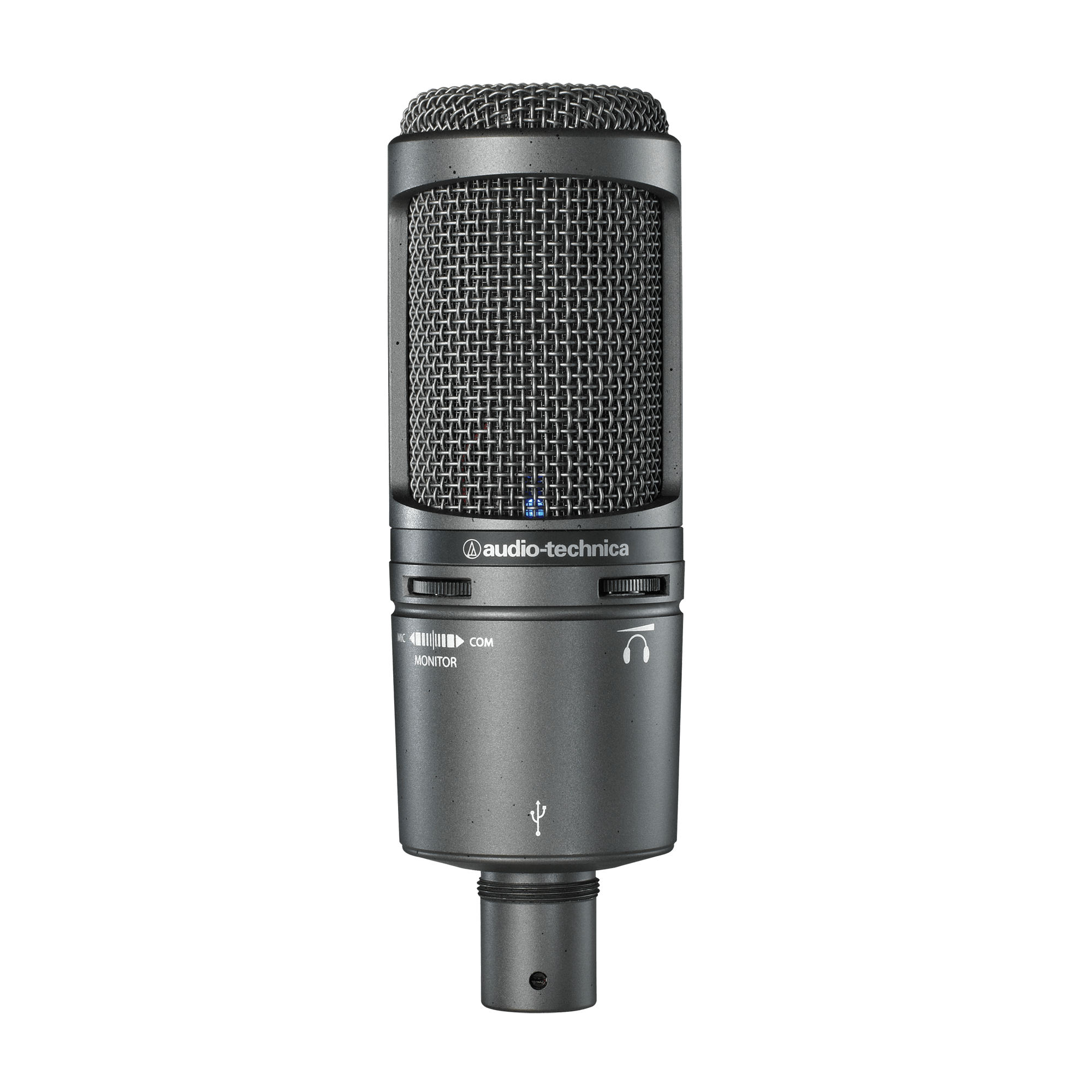
Features for Modern Recording Needs
USB Microphones for Plug-and-Play Convenience
USB microphones have risen in popularity, especially for podcasting and streaming, thanks to their ease of use. They plug directly into your computer and bypass the need for an audio interface. These mics often come with headphone jacks for real-time monitoring and simple controls for volume and mute functionality. The Blue Yeti is a popular USB mic that boasts versatility with multiple pattern settings, catering to various recording applications.
Multi-Pattern Microphones for Flexibility
A multi-pattern microphone offers the flexibility to switch between different polar patterns, such as cardioid, omnidirectional, and bidirectional. This versatility allows you to adapt to different recording situations, be it a solo performance, an interview, or a roundtable discussion. The Rode NT2-A is an example of a multi-pattern condenser mic that offers a range of options in one package, suitable for a variety of recording tasks.
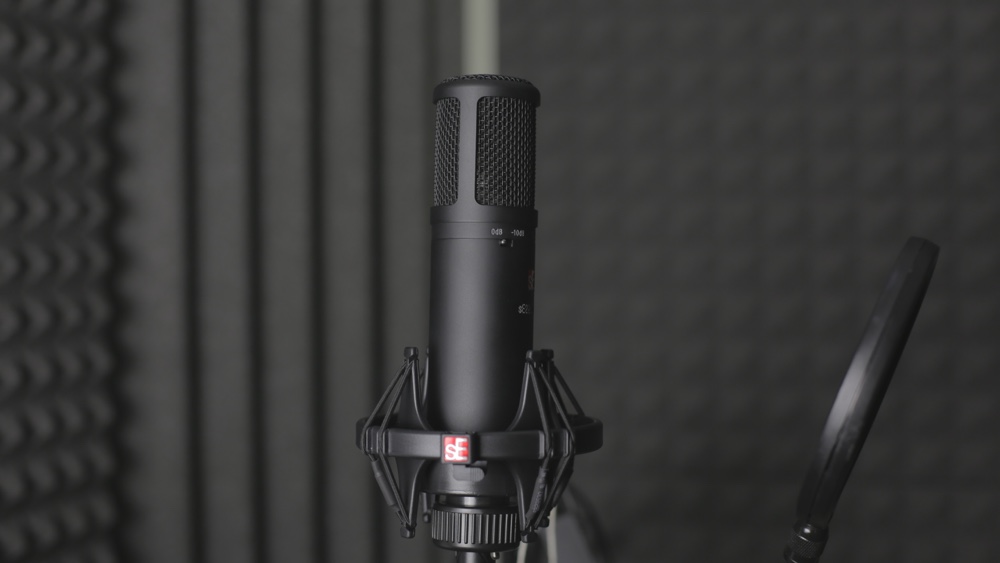
Balancing Quality with Your Budget
Finding Value in Entry-Level Microphones
You don’t have to break the bank to get a quality recording microphone. Many entry-level mics provide excellent sound quality at a more affordable price point. The key is to look for a microphone with good build quality and the essential features you need. The Samson C01U Pro, for instance, is a budget-friendly condenser USB microphone that delivers a solid performance for those just starting.
Investing in High-End Microphones
For professionals and audio enthusiasts who demand the best sound and feature set and are willing to invest more in their gear, high-end microphones are the perfect match. These microphones typically offer superior sound quality, build, and advanced features. The Neumann U87, regarded as a standard in the industry, offers unparalleled sound with the reliability and performance that’s worth the investment if your budget allows.
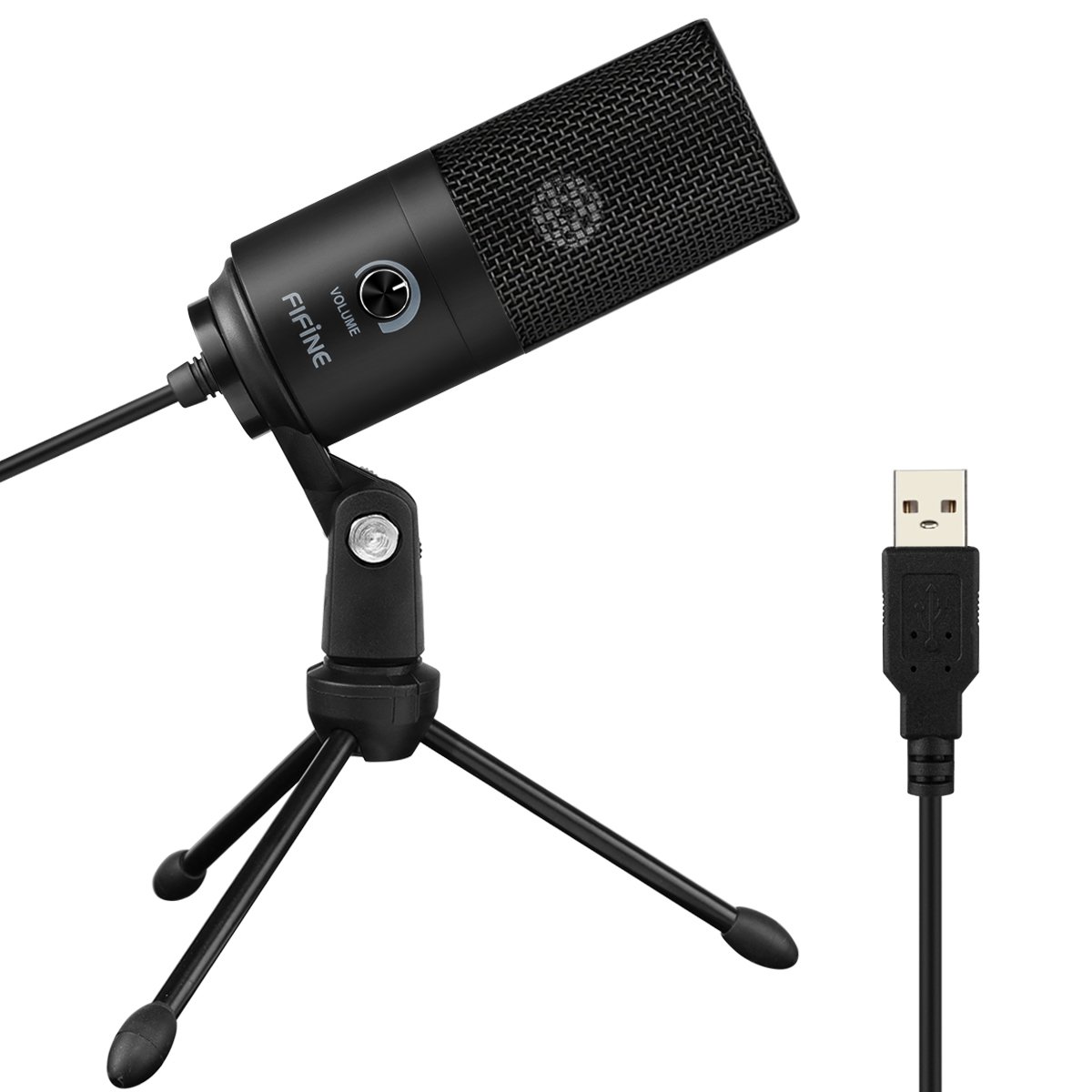
Understanding Microphone Specifications
Importance of Polar Patterns and Frequency Response
When shopping for a recording microphone, you need to understand the specs that influence performance. Polar patterns describe how microphones pick up sound from different directions, with options like cardioid, omnidirectional, and figure-eight. Choose a pattern that matches your recording setup — usually cardioid for single-source recording and omnidirectional for capturing the ambiance or multiple sources. Frequency response is equally crucial as it determines the range of sounds the microphone can capture. Look for a flat and wide frequency response for the most natural sound reproduction.
Assessing Sensitivity and Signal-to-Noise Ratio
Microphone sensitivity indicates how well a microphone converts acoustic energy into electrical signals — higher sensitivity means the mic will pick up quieter sounds. However, this might also make the microphone prone to picking up unwanted background noise. Therefore, check the signal-to-noise ratio, which tells you how much desirable signal is present compared with background noise. A high ratio means cleaner recordings, particularly essential in professional or home studios where clarity is paramount.
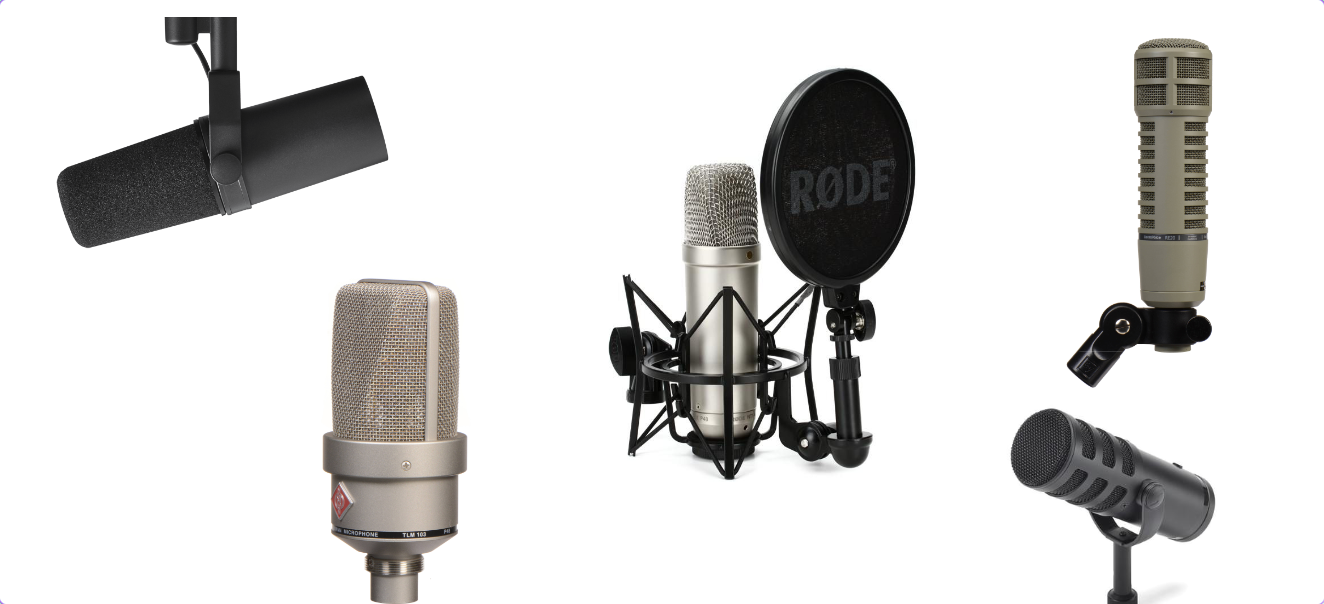
Leveraging Accessories for Enhanced Performance
The Role of Shock Mounts and Pop Filters
Accessories can significantly enhance the quality of your recordings. Shock mounts isolate the microphone from vibrations and handling noise, which is crucial for sensitive condenser mics. Pop filters are necessary for vocal recordings to eliminate plosives — these short bursts of air that can cause a popping sound in your audio. They’re a small investment that can make a huge difference in recording clarity, especially for podcasters, voice-over artists, and vocalists.
Cables and Stand Choices
Never overlook the importance of quality cables and stands. A good XLR cable can preserve the integrity of your signal from mic to preamp or interface. When it comes to stands, ensure they’re sturdy enough to support your microphone without risk of tipping, which could damage your gear and disrupt your recording process. Investing in a boom arm or a stand with an adjustable height can improve convenience and flexibility during sessions.
Making the Final Choice
Demoing Microphones and Reading Reviews
The best way to know if a microphone suits your needs is to test it. If you can’t demo a mic in person, look for online reviews, sound samples, and comparison videos from trusted sources. Pay attention to what other users say about the mic in contexts similar to your own. User reviews often highlight aspects you may not have considered, such as the ease of setup, build quality, and real-world performance.
Considering Your Long-Term Recording Goals
As you narrow down your choices, reflect on your long-term recording goals. If you’re building a career in audio production, it might be worth investing in a higher-end microphone that will meet your needs for years to come. However, if you’re exploring a new hobby or need a straightforward solution for web conferencing or streaming, a more modestly priced mic with essential features will be more than adequate.
Choosing the right recording microphone is a personal endeavor that depends on your specific needs, the recording environment, and your budget. By considering the factors outlined in this guide, you can find a microphone that delivers the clarity, fidelity, and performance required to elevate your audio projects. Whether you opt for an affordable workhorse or a high-end studio staple, the top recording microphones of the year provide the diversity needed to find your perfect match in the audio world.
